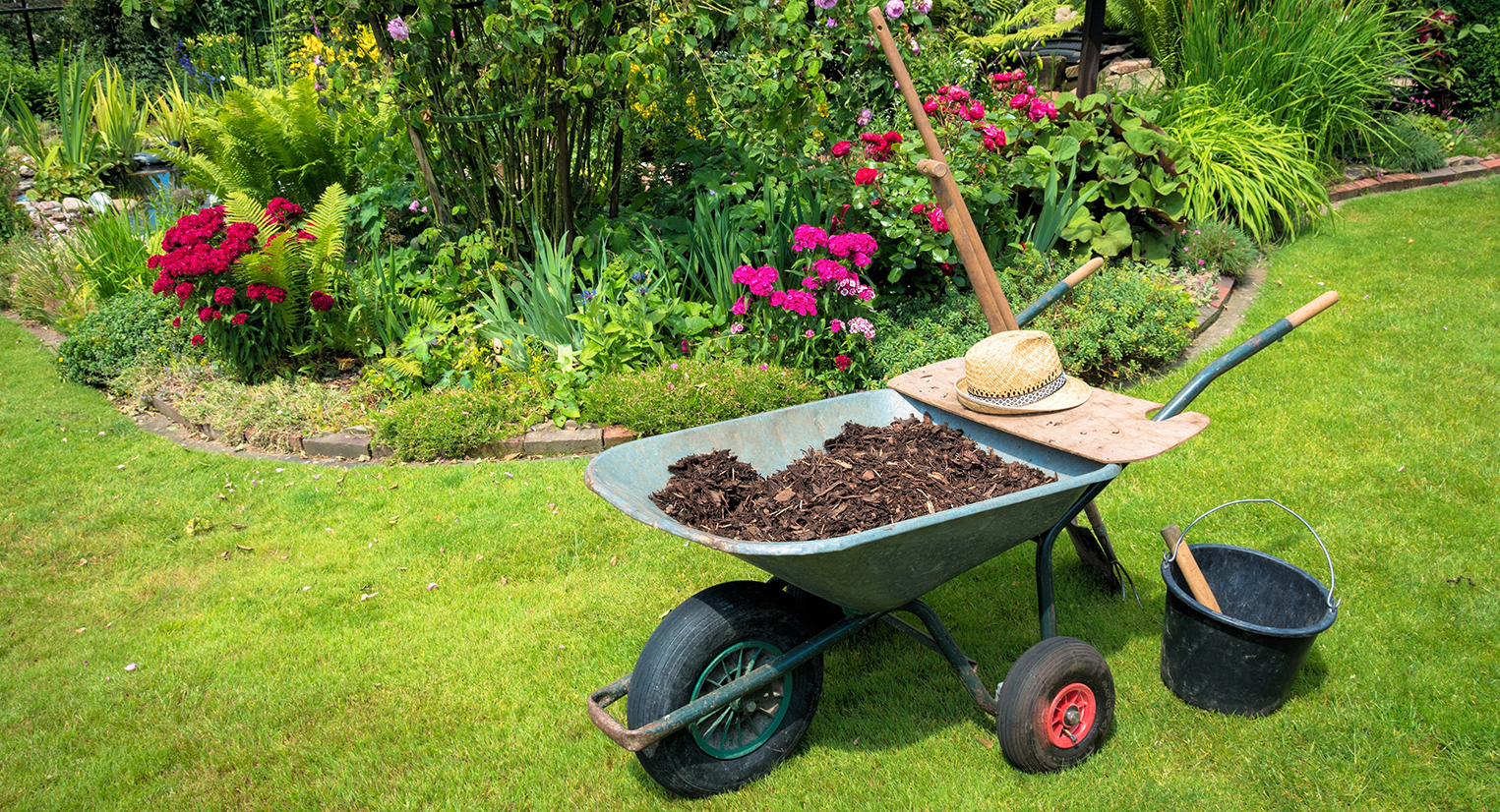Managing weeds is one of the most frustrating aspects of caring for a landscape. It can sometimes feel like you’re losing an endless battle during the summer months, as they continue to persist no matter how hard you fight.
Fortunately, our team is well-versed in winning the war against weeds! Below, we compiled five expert tactics to control weed growth in your lawn and garden. Keep reading to learn how to get these pesky plants to surrender for good!

Knowing what specific weeds are most prevalent on your property will help you better understand their characteristics and determine the most effective strategy to manage them. Like all plants, different types of weeds have different life cycles and thrive in certain environmental conditions. For example, annual weeds like crabgrass and chickweed can be easier to control by hand-pulling once per week. However, perennial weeds like thistle and dandelion have more extensive root systems that require more intensive control techniques.
Using chemical herbicide spray is an effective method to control weed growth. For the best results, we recommend applying both a pre-emergent and post-emergent herbicide. To prevent weed seeds from even germinating, gardeners should apply pre-emergent herbicides right before the growing season starts. If any weeds break through over the summer, you should apply a post-emergent herbicide spray to eliminate them for good. You can also use vinegar, boiling water, and alcohol as organic options for post-emergent weed control.

Another way to prevent weeds from growing is to cover the soil in your flowerbeds with a two-three-inch layer of mulch. Not only does mulch prevent harmful seeds from reaching the exposed ground and germinating, but it also keeps the soil cool and blocks out light, inhibiting perennial weed growth from below. Some commonly used mulch varieties include wood bark mulch, pine bark nuggets, and wood chips.
Weeds need adequate space and resources to prosper. Crowd planting ensures that weeds don’t have enough room or nutrients to grow in your landscape. By arranging the plants in your gardens close together and adding groundcovers, the weed seeds in the soil will not receive the adequate sunlight needed to grow. You can also use this technique for your lawn by mowing more frequently and only cutting off a small amount of the grass blade at a time.

When planting in your garden, try to limit digging and tilling the soil as much as you can. While this practice is beneficial to invigorate the soil, tilling often brings dormant, perennial weed seeds from deep within the soil to the surface where they can germinate. Making an effort to disturb the soil as little as possible will keep the seeds out of the germination zone—letting sleeping weeds lie.
Keeping your property free of weeds is not for the faint of heart. If you would like help controlling weeds in your landscape, our team is happy to go to battle for you! To inquire about our Lawn and Landscape Maintenance Services, send an email to sales@alcde.com or complete our online contact form.
